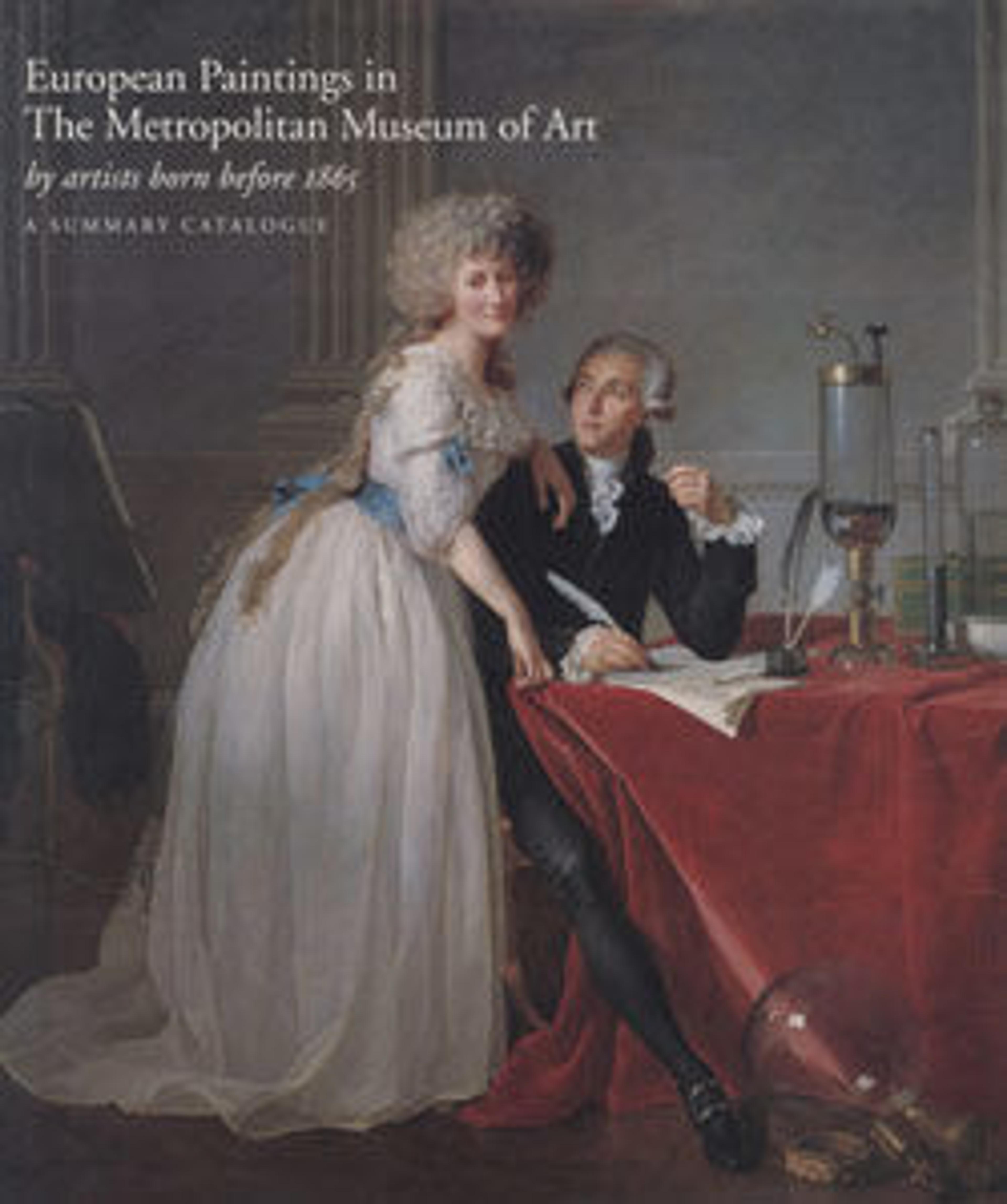The Immaculate Conception
Reni, during his lifetime the most celebrated living painter in Italy, was famous for the elegance of his compositions and the beauty and grace of his heads, earning him the epithet “Divine.” This altarpiece, with its otherworldly space shaped by clouds and putti in a high-keyed palette, was commissioned in about 1627 by the Spanish ambassador in Rome for the infanta of Spain. It later hung in the cathedral of Seville, where it deeply influenced Spanish painters, especially Bartolomé Estebán Murillo, whose workshop produced many iterations of this subject. The Immaculate Conception became a symbol of the universality of the Catholic Church and was used for the conversion of populations across Spain’s global empire.
Artwork Details
- Title: The Immaculate Conception
- Artist: Guido Reni (Italian, Bologna 1575–1642 Bologna)
- Date: 1627
- Medium: Oil on canvas
- Dimensions: 105 1/2 x 73 in. (268 x 185.4 cm)
- Classification: Paintings
- Credit Line: Victor Wilbour Memorial Fund, 1959
- Object Number: 59.32
- Curatorial Department: European Paintings
More Artwork
Research Resources
The Met provides unparalleled resources for research and welcomes an international community of students and scholars. The Met's Open Access API is where creators and researchers can connect to the The Met collection. Open Access data and public domain images are available for unrestricted commercial and noncommercial use without permission or fee.
To request images under copyright and other restrictions, please use this Image Request form.
Feedback
We continue to research and examine historical and cultural context for objects in The Met collection. If you have comments or questions about this object record, please contact us using the form below. The Museum looks forward to receiving your comments.
